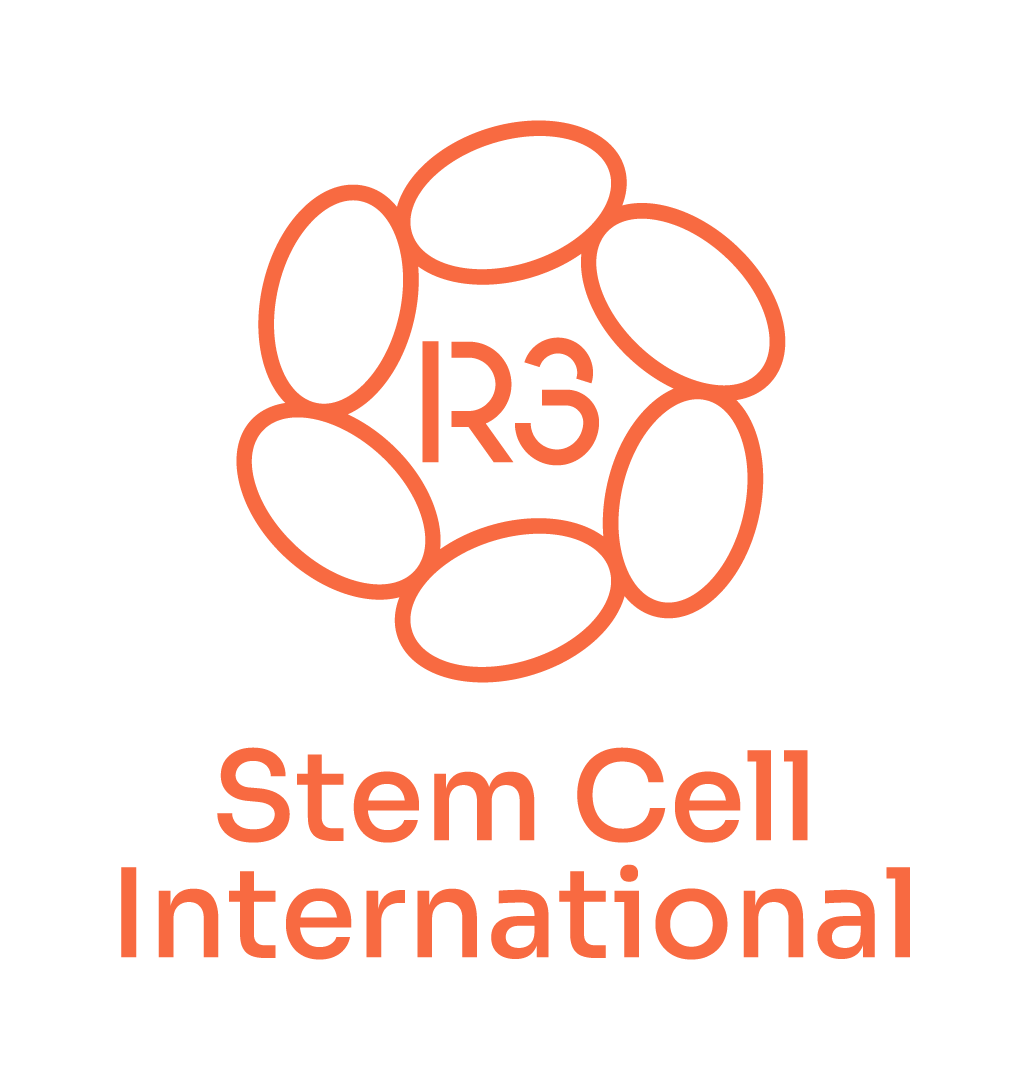Amniotic Membrane and its use in Cartilage Repair
Introduction
Amniotic membrane serves as a barrier that protects the developing fetus from infections and any mechanical injury or trauma as the fetus lacks a competent immune system. It is the inner most lining of the fetal membrane which is contact with the fetus. Embryological development of the amniotic membrane is from the extraembryonic tissue and consists of a maternal (decidua) component and a fetal (chorionic plate) component.
Looking at the histology of the amniotic membrane, it is a thin, transparent, avascular membrane that is made up of three major layers: a single epithelial layer, a thick basement membrane and a mesenchymal layer which is avascular. The epithelial layer of the amniotic membrane is a single layer of flat, cuboidal and columnar cells indirect contact with the collagen rich amniotic fluid1.

Looking at the membrane microscopically, the mesenchymal layer can be divided further into a compact, fibroblast and a spongy layer. There are two types of cells present in the amniotic fluid with distinct embryological origins. One is derived from the embryonic ectoderm; the epithelial cells and the other is derived from the embryonic mesoderm; the mesenchymal cells.
The extracellular matrix consist mainly of laminins, reticular fibers, gylcoproteins, proteoglycans, growth factors, cellular signaling proteins and collagen types I, III, IV, V and VI. These are essential to the healing process. There are no muscles, nerves or lymphatics in the membrane; instead nutrients are obtained through diffusion from the amniotic fluid2.
Properties of the amniotic membrane
- Anti-inflammatory
- Anti-scarring
- Anti-microbial and anti-viral
- Increases vascularization or revascularization
- Acts a scaffold
- Low immunogenicity
Can amniotic membrane repair cartilage?
There are numerous procedures that a patient can undertake for repair of cartilage e.g. Autologous Chondrocyte Transplantation (ACI), Cell-based Cartilage Resurfacing, Meniscus Transplant, Osteochondral Allograft and Osteochondral Autograft Transplantation, to name a few. Using amniotic membrane to repair cartilage is becoming more and more common now a days. Owing to its antimicrobial, anti inflammatory properties along with providing mechanical strength and have low immunogenicity makes it the ideal candidate to be used for cartilage repair.
A study conducted in 2010 by Silvia Díaz-Prado et all proposed that using the amniotic membrane as a revolutionary tool to repair damaged articular cartilage, which heals poorly due to its low capacity for self-repair. Their research concluded that the cartilage that was synthesized have greater cellular density than the body’s own natural cartilage.
The study showed that cryo-preserved human amniotic membrane is effective to be used as a scaffold for growing human chondrocytes for repairing human cartilage injuries. The membrane provides for a more regular surface and fills in the cavities3.
Chondrocytes (cells from the cartilage) were isolated from the articular cartilage and were cultivated on the amniotic membrane for over a period of 3-4 weeks. 44 repair models of the human articular cartilage were developed using the amniotic membrane and were assessed between the 4th and the 16th week.

The membrane bonds well to the native cartilage. The results showed that human amniotic membrane can be used to support the proliferation of chondrocytes for the transplantation therapy to repair osteoarthritis cartilage3. Osteoarthritis is a serious articular pathology and is characterized by disruption and alteration of the cartilage along with the bone which supports it. As the current surgical and pharmacological therapies only have a palliative effect, cell therapy can provide a new approach to repair cartilage and destroyed tissues.
Another study was conducted by Cheng Zhe Jin et all in 2007 to evaluated amniotic membrane as a delivery matrix to repair articular cartilage. The epithelial cells were removed from the amniotic membrane to make a denuded AM. Chondrocytes were then seeded onto the membrane.
The cells were cultured for up to 4 weeks and the rate of cell proliferation was assessed during the 1st and the 4th weeks. It was observed that the chondrocytes proliferated and spread in to the whole thickness of the stromal layer of the amniotic membrane. The proliferation activity was continuously up-regulated. The results suggested that the denuded amniotic membrane was capable of sustaining proliferation of chondrocytes.
On the basis of this date the denuded membrane with chondrocytes was used to cover up osteochondral defects in a rabbit and the defect was successfully filled with hyaline cartilage. This shows that amniotic membrane can be the ideal matrix carrier for cartilage regeneration4.
Human amniotic membrane has numerous clinical advantages. It is an anti-microbial, angiogenic, anti-tumor tissue, which reduces inflammation, scarring and pain. In addition it has no immune response, no associated risk of transplantation and it contains numerous components of the natural cartilage. Many studies have concluded that amniotic membrane can successfully be used in and shape the future of regenerative medicine5.
References
- Parolini O, Alviano F, Bagnara GP, Bilic G, Bühring HJ, Evangelista M, Hennerbichler S, Liu B, Magatti M, Mao N, Miki T. Concise review: isolation and characterization of cells from human term placenta: outcome of the first international Workshop on Placenta Derived Stem Cells. Stem cells. 2008 Feb 1;26(2):300-11.
- Parry S, Strauss JF. Premature rupture of the fetal membranes. New England Journal of Medicine. 1998 Mar 5;338(10):663-70.
- Díaz-Prado S, Rendal-Vázquez ME, Muiños-López E, Hermida-Gómez T, Rodríguez-Cabarcos M, Fuentes-Boquete I, de Toro FJ, Blanco FJ. Potential use of the human amniotic membrane as a scaffold in human articular cartilage repair. Cell and tissue banking. 2010 May 1;11(2):183-95.
- Jin CZ, Park SR, Choi BH, Lee KY, Kang CK, Min BH. Human amniotic membrane as a delivery matrix for articular cartilage repair. Tissue engineering. 2007 Apr 1;13(4):693-702.
- Toda A, Okabe M, Yoshida T, Nikaido T. The potential of amniotic membrane/amnion-derived cells for regeneration of various tissues. Journal of pharmacological sciences. 2007;105(3):215-28.

